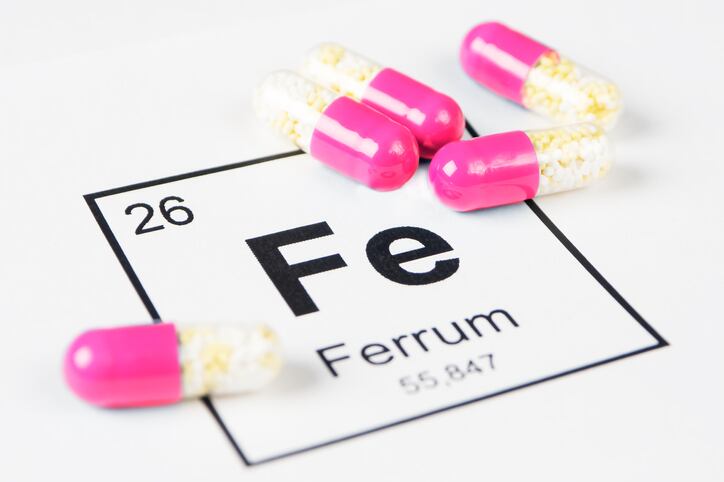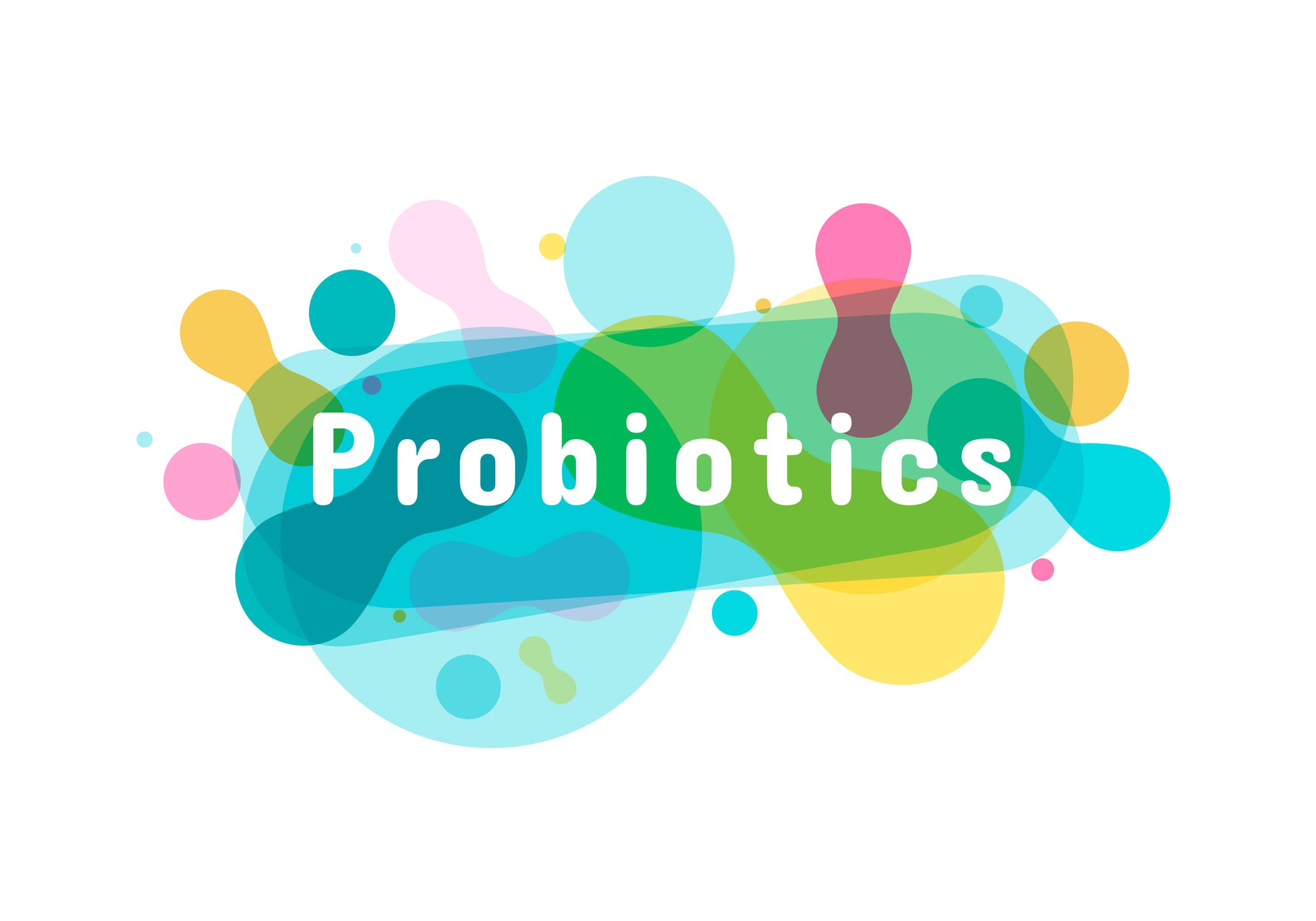Scientists found approximately a 1.3 times higher likelihood of depressive symptoms among this group, and particularly among women of lower economic status. This information is based on data acquired from US National Health and Nutrition Examination Survey (NHANES), which indicated that at least 10% of nonpregnant WRA struggle with iron deficiency.
“The consequences of iron deficiency go beyond physical health outcomes and can affect mental health,” the researchers wrote. “This is the first examination of the association of iron status with depressive symptoms as binary as well as a continuous variable in a nationally representative US population and also the first to categorize the association by specific aspects of depressive symptoms.”
Studies suggest iron may play a role in depression due to its neurotransmitter biochemistry.
Sociodemographic influence
The 2005-2010 NHANES cycles were used because they contain information on iron status and depressive symptoms in nonpregnant WRA.
The study included a nationally representative sample of 2516 nonpregnant females between 20 and 44 years old, of which 9.6% had depressive symptoms.
In mobile examination units, a phlebotomist collected 3 to 5 mL of venous blood from participants after a nine-hour fast. The researchers tested for iron deficiency anemia and also measured for inflammation, which may trigger or exacerbate depression.
The researchers tracked depressive symptoms via computer-assisted personal interviews in the mobile examination units. The scale the scientists used contained nine items and assessed the frequency of depressive symptoms over a two-week period.
The scale measured depressive symptoms within two categories: cognitive/affective or somatic. The researchers recorded whether participants experienced anhedonia (the inability to feel pleasure), depressed mood, low self-esteem, concentration difficulties, psychomotor disturbances and suicidal ideation. They also measured for sleep disturbance, fatigue, and appetite changes.
In addition, they gathered sociodemographic variables such as age at screening, race/ethnicity, marital status, the total number of people in the household, income and education levels and whether participants had health insurance. Height, weight and BMI were also assessed in the mobile examination centers.
“We found that, after accounting for sociodemographic and health characteristics, females with iron deficiency had higher odds of and scores for depressive symptoms than females with iron sufficiency, especially those in the low-income category,” the researchers wrote. “These findings contribute to the existing literature reporting a significant association between poor iron status and depressive symptoms, help to provide more clarification to the previously mixed findings and bolster the evidence that prevention and treatment of iron deficiency may be helpful for female’s mental health.”
Lifetime risk of depression
The latest report from the World Health Organization indicates that iron deficiency is still the most common single-nutrient deficiency worldwide and disproportionately affects women of reproductive age (WRA) between the ages of 18 to 45 and children from both developing and developed countries, the researchers explained.
Additionally, females between 25 and 44 years old have a 10 to 25% lifetime risk of major depressive disorder, and nutrient deficiencies such as iron deficiency may contribute to this risk.
“Findings from this nationally representative study in WRA in the US indicate that nonpregnant WRA with iron deficiency have higher prevalence of somatic depressive symptoms than females with iron sufficiency, especially if they are of low-income status. Future RCTs that control for environmental and socioeconomic factors and have an adequate sample size are warranted.”
Source: The Journal of Nutrition
“Iron Deficiency is Related to Depressive Symptoms in United States Nonpregnant Women of Reproductive Age: A Cross-Sectional Analysis of NHANES 2005-2010”
doi: doi.org/10.1016/j.tjnut.2023.09.023
Authors: Mihaela Ciulei et al.



